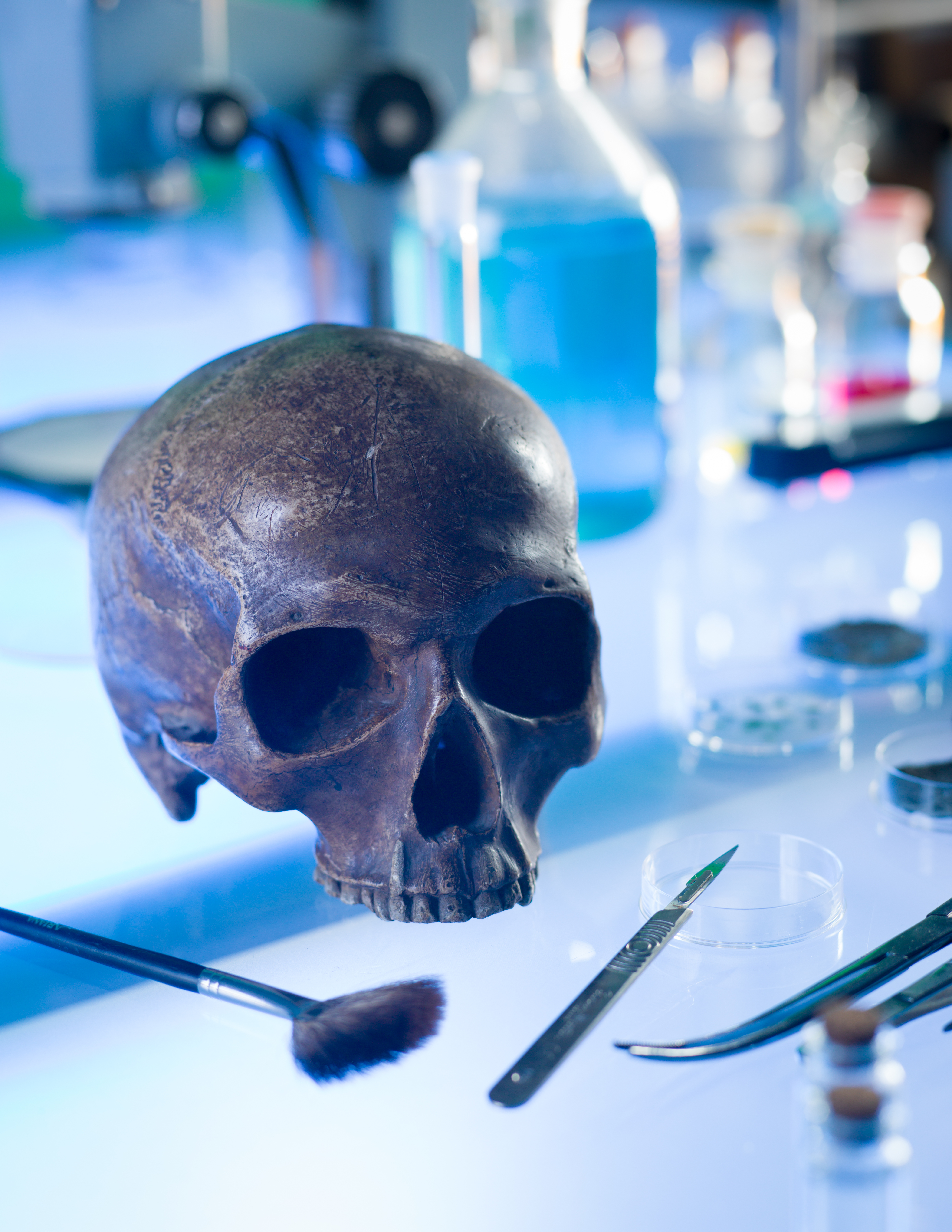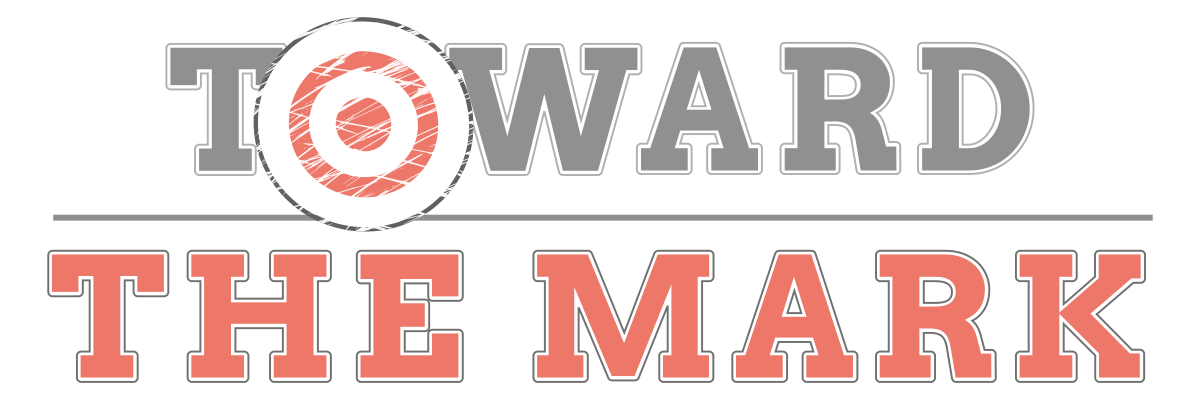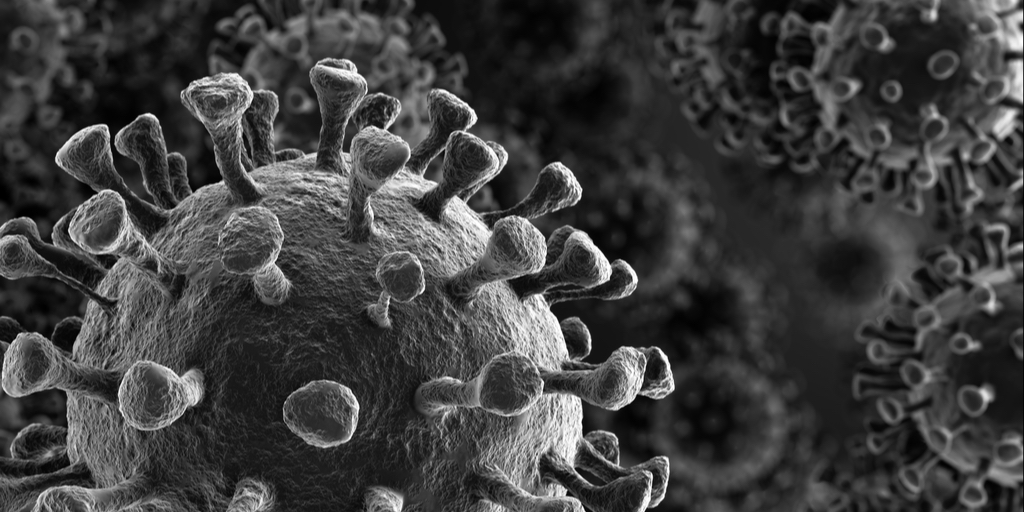Your Skull! Your Spine!

Your Skull
“I will praise Thee; for I am fearfully and wonderfully made; marvelous are Thy works” (Psalm 139:14).
A bare skull may not look very attractive, but it shows better than we can tell you how wonderfully the Creator has made this part of your body. Notice how openings for ears, eyes, nose and mouth are designed so that these parts make a pleasing, balanced appearance to a person’s face without interfering with one another. Also notice how the upper jaw is immovable, but the lower jaw is hinged so we can chew and talk. If it were otherwise, how difficult it would be to do those things.
Important as these features are, the main purpose of the skull is to protect the brain that the Creator has given us—a brain so superior it puts man on a level of life far above all other living creatures on earth. The skull is remarkably strong, 1/4 inch thick at the top and thicker at the base, making a lightweight, strong armor. Over its top and sides is a scalp of tough skin, and over that is a protective mat of hair. Both coverings are helpful in protecting what is under them.
Inside the skull is a thin but tough lining between it and the brain to help protect important nerves and blood vessels. This is called “dura mater.” But that’s just part of the story. As further protection against bumps, blows and falls, the skull holds a special fluid cushion in which the brain “floats.” The rigid casing of the skull surrounds the brain very closely, and all empty spaces are filled with this important fluid.
Nothing has been overlooked. Even the nerves that take care of smell, hearing and sight are sheltered in special notches of the skull to protect them as they attend to their duties.
Though an opening in the bottom of the skull, the spinal cord enters the brain with a marvelous system of nerves that carry messages between the brain and all parts of the body. This opening has been so carefully placed that the head of a man is perfectly balanced to enable him to hold it upright and for his whole body to stand in an erect position. The spine itself becomes the main support of the entire head—skull and all.
Your Spine
An Engineering Marvel
"God said, Let Us make man in Our image, after Our likeness; and let them have dominion over ...all the earth." Genesis 1:26
"In Our image" and "after our likeness" does not mean man looks like God, but he is the representative of God on earth. He has an everlasting soul and intellect and authority over all earthy creation. Man in this honored place is set apart from other creatures by his upright body - something no other earthly creature ever had or will have.
It is the spine (backbone) that gives man his upright body. It is an amazing column of vertebrae which provides a flexible, strong support for the body. If it were one solid bone, a person would be as rigid as a toy soldier. This is why God provided 36 separate vertebrae, reaching from the base of the skull to the hips. The spine is also formed in curves to act as a shock absorber and to provide maximum strength. Cervical vertebrae support the head, thoracic (chest) vertebrae have the 12 pairs of ribs attached to them, and lumbar vertebrae near the base of the spine carry most of the load. The vertebrae are held together by discs (or pads) which look something like washers on a garden hose. The top and bottom surfaces of these are cemented to the bones above and below them. Their centers are filled with jelly-like material, allowing the spine to move this way or that and yet retain proper form. The edges of the disc are made of tough layers of strong, elastic gristle to keep the "jelly" from leaking out.
The whole column of the spine is hollow, to allow space for the one-half-inch thick spinal cord. This cord connects 31 pairs of nerves from the brain to various parts of the body, carrying nerve impulses (messages) back and forth. Many things that go on in our bodies between our necks and the soles of our feet are controlled by the brain through the nerves coming down the spinal column. The skull (at the top of the spine) has an opening for the spinal cord and is placed so that it does not interfere with man's erect posture. This is different in an ape, whose cord passes through an opening that forces its head forward and over-balances it. Because of this, an ape cannot stand erect (except very briefly) and musts go on all fours or use its arms for support. This is another evidence that man and the ape are not related.
The first chapter of Genesis tells us He made them separate creations. To believe anything else takes our thoughts away from a loving God and Creator. David followed his God-given thoughts, in our opening Bible verse by declaring: “How precious also are Thy thoughts unto me, O God!” (v. 17). And God’s loving thoughts are the very same toward you today.
No wonder David could exclaim, "I will praise Thee; for I am fearfully and wonderfully made; marvelous are Thy works" (Psalm 139:14). Then he added, "How precious also are Thy thoughts unto me, O God! how great is the sum of them! (Psalm 139:17). Have you ever thanked Him for His thoughts toward you?




